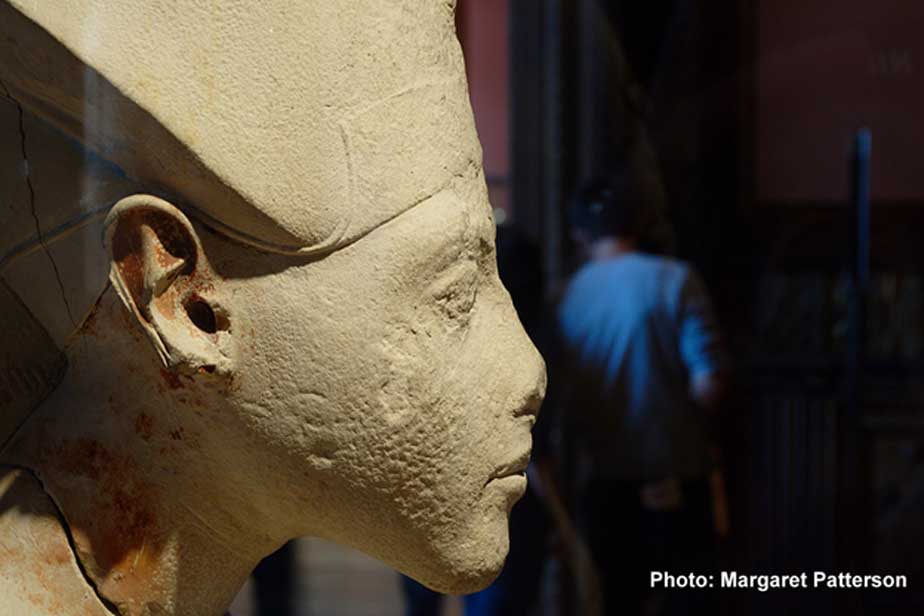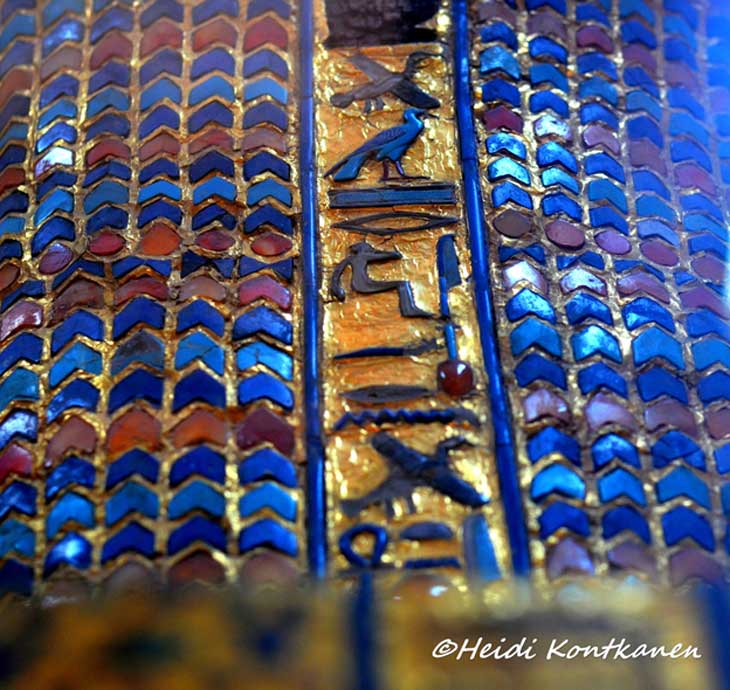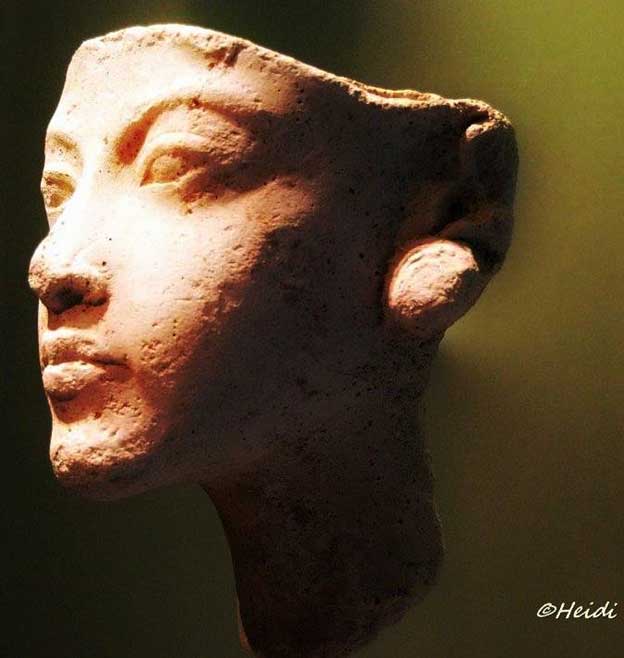
The Magic, Mystery and Madness of Tomb 55: Resurrecting the Rebel Ruler–Part III
Akhenaten’s short-lived capital, Amarna, was the epicenter of the unpalatable religious changes that pharaoh had unleashed on his country. The ensuing tumult which pervaded Egypt during this dark time had to be forgotten, and quickly.
In 1907, the discovery of an obscure tomb, which remains the most controversial find in the Valley of the Kings, resurrected the renegade’s memory after millennia.

Royal profile: a bust depicting Akhenaten wearing the Blue or War Crown. Louvre Museum, Paris.
GOODLY CHILD OF ATEN BURIED UNDER PETTY POLITICS
Upon setting foot into Tomb 55 in the royal necropolis, which was by all counts hastily adapted into a make-shift royal burial from what was originally intended to be a private tomb, Sir Gaston Maspero was moved to state, ‘Gold shone on the ground, gold on the walls, gold in the furthest corner where the coffin leant up against the side... It seemed as if all the gold of ancient Egypt glittered and gleamed in that narrow space [KV55].’ But the glint of gold that bedazzled the excavation team soon gave way to practical realities and petty politics. For, all around them lay a confused mass of funerary items of the utmost significance; and yet, with Theodore Davis breathing down their necks – Edward Ayrton’s in particular – the task at hand was not made any easier. As a result, the meticulousness required in archaeological endeavors became the biggest casualty.

The texts on the KV55 coffin suggest that it was originally made for a royal woman, most likely Kiya, before being modified and pressed into service for either Akhenaten or Smenkhkare. Egyptian Museum, Cairo.
The exquisitely crafted unnamed coffin in the sepulcher was in a state of decay, which called for its delicate handling. It would take several months for this Amarna-era coffin to be reconstructed and exhibited in the Cairo Museum. Once this was achieved, epigraphists studied the now-visible inscriptions engraved on the gold foil beneath the feet; and discovered that it contained an Atenist prayer originally intended for a woman. This was, however, later revised to refer to a man – with enough grammatical errors to betray the gender of the original speaker.





